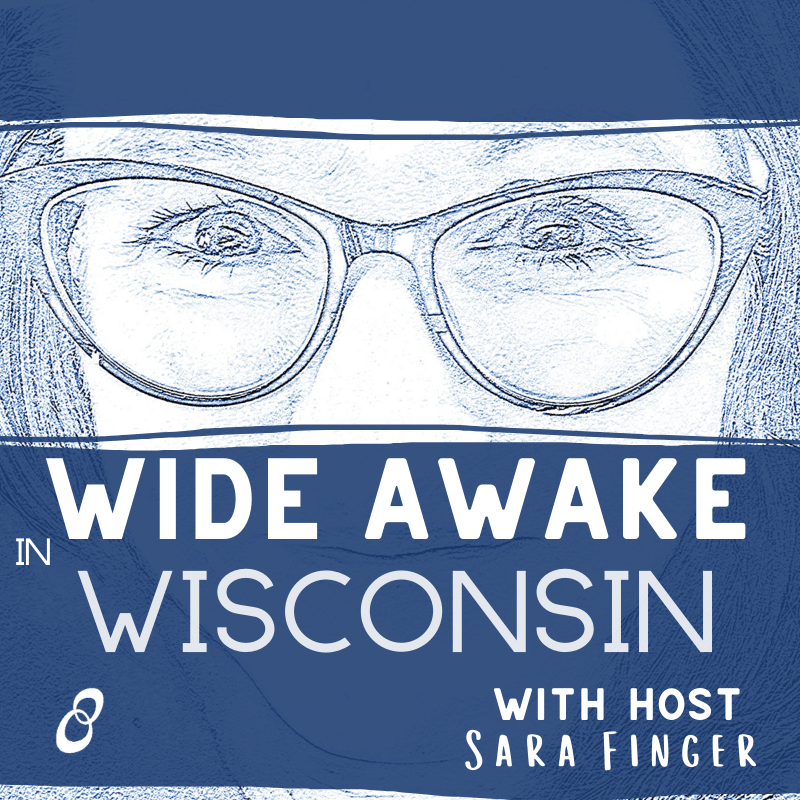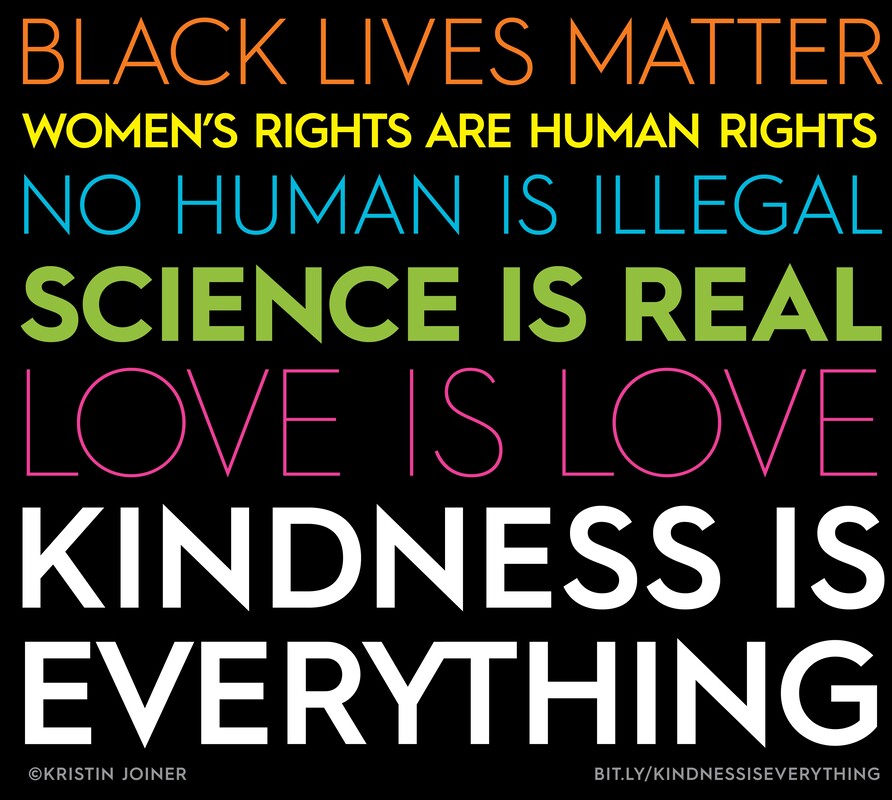To truly help improve the health and lives of Wisconsin women and girls...
Implement Effective Teen Dating Prevention & Response Policies
| wawh_policy_rx_teen_dating_violence.pdf | |
| File Size: | 733 kb |
| File Type: | |
The Issue
Teen dating violence is a form of intimate partner violence that can include physical, sexual, psychological, or emotional violence within a dating relationship where at least one of the partners is a teen. Such abuse can also include stalking behavior and can occur in person or electronically.
According to the Center for Disease Control’s (CDC) Youth Risk Behavior Surveillance — United States, 2013 survey, of the female high school students who had dated or gone out with someone in the previous year, 13% experienced some form of physical dating violence, which is defined to include being hit, slammed into something, or injured with an object or weapon on purpose by an intimate partner. This compares to a rate of 7.4% for male students. Wisconsin’s physical teen violence rates were 10.3% for females and 6.7% for males, respectively.
The CDC survey also measured the amount of sexual dating violence experienced by teens. Nationally, 14.4% of female students had been kissed, touched, or physically forced to have sexual intercourse when they did not want to by someone they were dating or going out with one or more times during the 12 months before the survey. This compares to a rate of 6.4% of male students. Wisconsin’s sexual teen dating violence rates were 15.7% for females and 4% for males, respectively.
Victims of teen dating violence have a higher risk of substance abuse, eating disorders, suicidal thoughts, depression, and future victimization. Despite the prevalence and associated risks, Wisconsin has not passed legislation to specifically address teen dating violence prevention.
According to the Center for Disease Control’s (CDC) Youth Risk Behavior Surveillance — United States, 2013 survey, of the female high school students who had dated or gone out with someone in the previous year, 13% experienced some form of physical dating violence, which is defined to include being hit, slammed into something, or injured with an object or weapon on purpose by an intimate partner. This compares to a rate of 7.4% for male students. Wisconsin’s physical teen violence rates were 10.3% for females and 6.7% for males, respectively.
The CDC survey also measured the amount of sexual dating violence experienced by teens. Nationally, 14.4% of female students had been kissed, touched, or physically forced to have sexual intercourse when they did not want to by someone they were dating or going out with one or more times during the 12 months before the survey. This compares to a rate of 6.4% of male students. Wisconsin’s sexual teen dating violence rates were 15.7% for females and 4% for males, respectively.
Victims of teen dating violence have a higher risk of substance abuse, eating disorders, suicidal thoughts, depression, and future victimization. Despite the prevalence and associated risks, Wisconsin has not passed legislation to specifically address teen dating violence prevention.
Importance to Women
- Wisconsin girls are disproportionately victimized by teen dating violence. Wisconsin high school girls experience physical teen dating violence at a 54% higher rate than high school boys and sexual teen dating violence at almost four times the rate.
- Nationally, females are twice as likely as males to be victimized by teen cyber dating abuse.
What Wisconsin Can Do
There are many evidence-based policies that states can implement in order to help prevent and effectively respond to incidents of teen dating violence. According to End Domestic Abuse Wisconsin, “school-based violence prevention programs are most effective when they combine education to students with policies that create a supportive environment for victims to report abuse and seek help.”
Bipartisan, comprehensive teen dating violence prevention legislation was introduced during the 2015-2016 legislative session. The bill proposed to do the following:
The bill received a committee hearing but did not pass before the end of the legislative session. The legislation will most likely be reintroduced during the 2017-2018 session.
Bipartisan, comprehensive teen dating violence prevention legislation was introduced during the 2015-2016 legislative session. The bill proposed to do the following:
- Direct schools to integrate teen dating violence prevention education into classroom instruction for middle-school and high-school students.
- The bill would require the Department of Public Instruction (DPI) to create a model curriculum and response policy, both of which individual school districts could choose to adopt. If a school district chose not to adopt the model DPI policies and curriculum, the district would be responsible for developing its own policy and curriculum.
- Set guidelines for schools’ response to teen dating violence to create an atmosphere in which victims can get help and abuse is not tolerated in order to help break the cycle of abuse.
- Provide teen dating violence training for teachers and administrators.
The bill received a committee hearing but did not pass before the end of the legislative session. The legislation will most likely be reintroduced during the 2017-2018 session.
How Can You Help?
- Call or email your legislators and urge them to support evidence-based teen dating violence prevention legislation.
- Connect with organizations in Wisconsin already working to address teen dating violence, such as End Domestic Abuse Wisconsin.
Implement Comprehensive Child Sexual Abuse Prevention Policies
| wawh_policy_rx_child_sex_abuse.pdf | |
| File Size: | 527 kb |
| File Type: | |
The Issue
According to the Wisconsin Coalition Against Sexual Assault (WCASA), “child sexual abuse occurs when a child is exploited sexually by another person.” Child sexual abuse may take many forms, but is most often perpetrated by someone the child knows and trusts.
Child sexual abuse is an unfortunately prevalent problem across the nation, and Wisconsin is no exception. The actual prevalence of child sexual abuse is difficult to determine because it is often not reported to law enforcement or human service agencies. In fact, sexual assault is widely recognized to be the most underreported violent crime.
Many states have recognized the serious consequences child sexual abuse has on both victims and their communities at large and have passed legislation aimed to prevent child sexual abuse. At least 26 states have passed laws to either study child sexual abuse prevention programs or create child sexual abuse identification and prevention curriculum.
While this increased attention to addressing child sexual abuse is certainly welcome, many of the state legislative approaches to child sexual abuse prevention are too narrowly tailored and based on unsuccessful prevention models. According to the National Alliance to End Sexual Violence (NAESV), many of these approaches “rely too heavily on children to prevent their own abuse and can promote a spirit of victim-blaming when children are unable to prevent abuse.” Such approaches fail to take into account the power and control imbalances between children and adults that help create the dynamics that contribute to abuse.
As a result, NAESV recommends that states adopt a more comprehensive policy approach to child sexual abuse prevention that focuses more attention on adult and societal responsibilities for preventing and responding to abuse.
Child sexual abuse is an unfortunately prevalent problem across the nation, and Wisconsin is no exception. The actual prevalence of child sexual abuse is difficult to determine because it is often not reported to law enforcement or human service agencies. In fact, sexual assault is widely recognized to be the most underreported violent crime.
Many states have recognized the serious consequences child sexual abuse has on both victims and their communities at large and have passed legislation aimed to prevent child sexual abuse. At least 26 states have passed laws to either study child sexual abuse prevention programs or create child sexual abuse identification and prevention curriculum.
While this increased attention to addressing child sexual abuse is certainly welcome, many of the state legislative approaches to child sexual abuse prevention are too narrowly tailored and based on unsuccessful prevention models. According to the National Alliance to End Sexual Violence (NAESV), many of these approaches “rely too heavily on children to prevent their own abuse and can promote a spirit of victim-blaming when children are unable to prevent abuse.” Such approaches fail to take into account the power and control imbalances between children and adults that help create the dynamics that contribute to abuse.
As a result, NAESV recommends that states adopt a more comprehensive policy approach to child sexual abuse prevention that focuses more attention on adult and societal responsibilities for preventing and responding to abuse.
Importance to Women
- Research indicates that girls are disproportionately victimized by child sexual abuse.
- Sexual abuse can have a devastating impact on a child’s wellbeing and sense of self. Child victims often experience severe anxiety, problems with school, difficulty forming or maintaining healthy relationships, and a whole host of other adverse effects.
- The relationship between Adverse Childhood Experiences (ACEs)—such as child sexual abuse—and poor health into adulthood are well documented.
What Wisconsin Can Do
WCASA has created a detailed roadmap for policymakers who wish to take a comprehensive approach to child sexual abuse prevention. The report, entitled 10 Core Concepts for Child Sexual Abuse Prevention, suggests four elements that should be included to effectively address each core concept along with research that provides a rationale for each specific recommendation. The 10 Core Concepts include: (1) Sexual Health & Development; (2) Gender Socialization; (3) Intersections of Oppression; (4)Boundaries;(5) Empowerment & Body Ownership; (6) Pro-Social Behavior & Skills; (7)Understanding, Identifying & Responding to Trauma; (8) Bystander Intervention; (9) Information About Sexual Abuse; and, (10) Safety & Risk Reduction.
While legislation that would require child sexual abuse prevention curriculum be taught to children in Kindergarten through 6th grade was introduced during the 2015-2016 legislative session, the bill did not incorporate the comprehensive approach advocated for by WCASA, NAESV, and other experts on child sexual abuse prevention.
Currently, no comprehensive child sexual abuse prevention legislation has been introduced in Wisconsin. However, any such legislation should be assessed on whether it takes a comprehensive, evidence-based approach.
While legislation that would require child sexual abuse prevention curriculum be taught to children in Kindergarten through 6th grade was introduced during the 2015-2016 legislative session, the bill did not incorporate the comprehensive approach advocated for by WCASA, NAESV, and other experts on child sexual abuse prevention.
Currently, no comprehensive child sexual abuse prevention legislation has been introduced in Wisconsin. However, any such legislation should be assessed on whether it takes a comprehensive, evidence-based approach.
How Can You Help?
- Call or email your legislators and urge them to support evidence-based, comprehensive child abuse prevention legislation.
- Connect with organizations, such as the Wisconsin Coalition Against Sexual Assault, which are already working to address child sexual abuse prevention.
Quick links
|
WAWH
|



